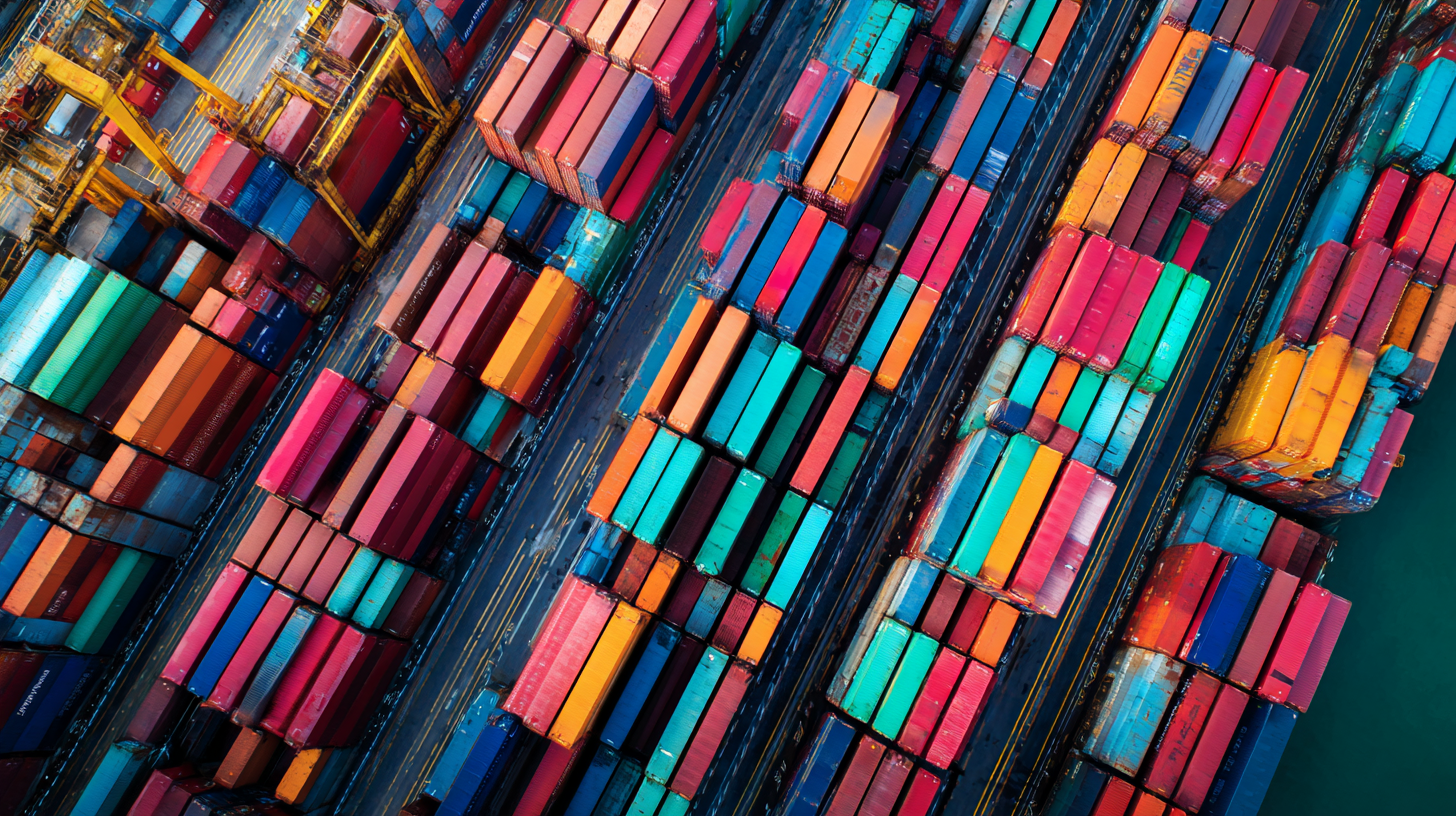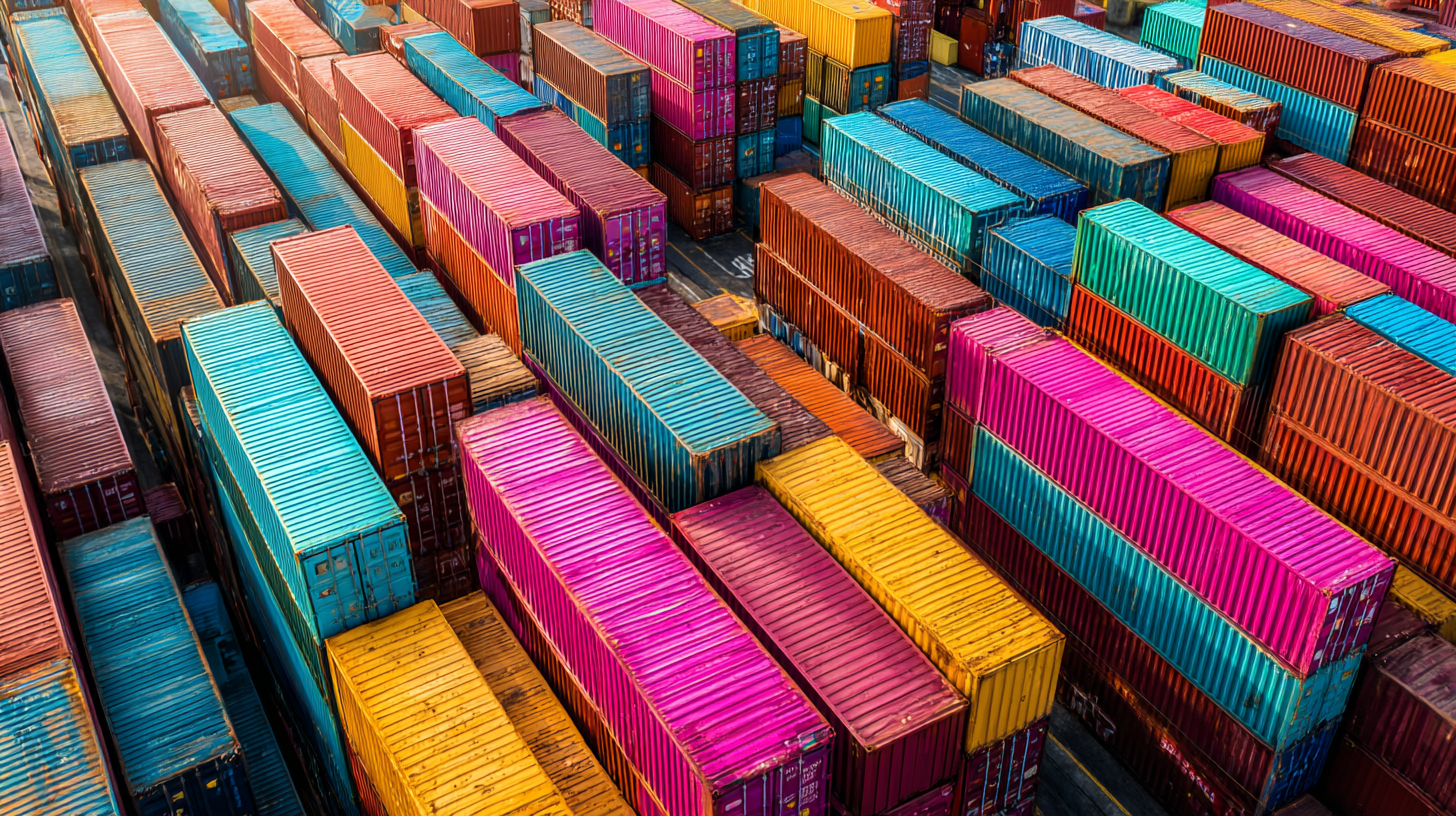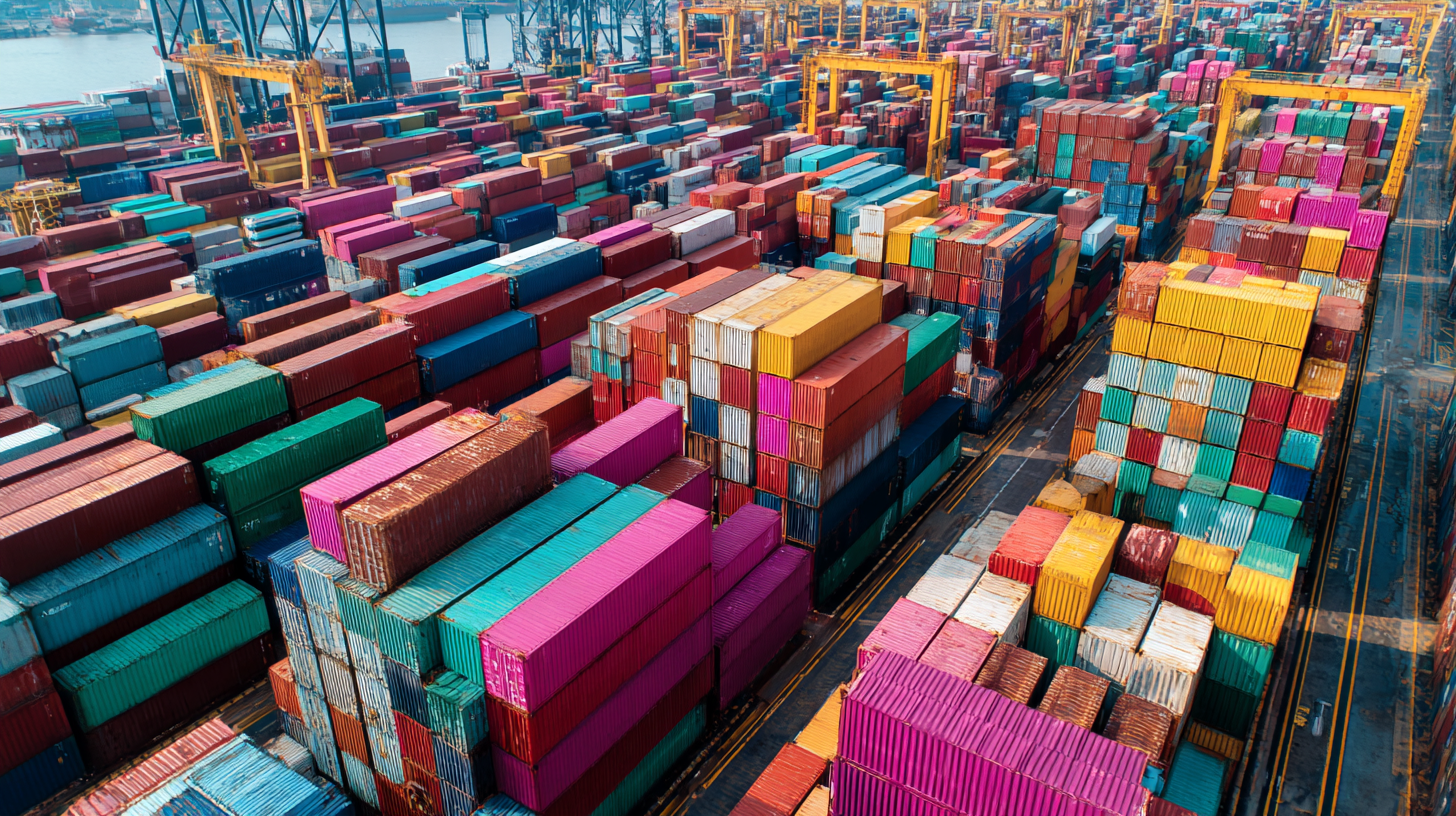A-B-C Blog
Understanding the Challenges with Best Container Packaging Solutions
In the ever-evolving landscape of global trade, the importance of container packaging cannot be overstated. According to the World Packaging Organisation, the global packaging market is projected to reach $1 trillion by 2024, with a significant portion attributed to container solutions designed for import and export.
 However, navigating the complex certification processes required in various regions poses considerable challenges for businesses. A recent report from the Packaging Industry Association highlights that nearly 30% of companies experience delays in shipping due to compliance issues related to container packaging standards.
As companies expand their reach, understanding these challenges and the best practices for container packaging will be crucial in ensuring efficient logistics and maintaining competitive advantage in the marketplace.
This tutorial aims to shed light on the intricacies of export certification and the best practices for optimizing container packaging solutions.
However, navigating the complex certification processes required in various regions poses considerable challenges for businesses. A recent report from the Packaging Industry Association highlights that nearly 30% of companies experience delays in shipping due to compliance issues related to container packaging standards.
As companies expand their reach, understanding these challenges and the best practices for container packaging will be crucial in ensuring efficient logistics and maintaining competitive advantage in the marketplace.
This tutorial aims to shed light on the intricacies of export certification and the best practices for optimizing container packaging solutions.
Key Considerations for Selecting Container Packaging Solutions in Various Industries
When selecting container packaging solutions across various industries, several key considerations play a crucial role in ensuring efficiency and sustainability. According to a report by Smithers Pira, the global market for sustainable packaging is projected to reach $600 billion by 2024, signaling a shift towards eco-friendly materials. Companies must evaluate the environmental impact of their packaging choices, opting for options that reduce waste and promote recyclability. This is particularly vital in industries such as food and beverage, where packaging plays a critical role in preserving product quality while meeting regulatory standards.
Additionally, the adaptability of packaging solutions to the specific needs of different products cannot be overlooked. The Freedonia Group indicates that demand for container packaging in the e-commerce sector is expected to outpace traditional retail packaging, driven by the explosion of online shopping. As a result, companies must consider factors such as durability, ease of handling, and compatibility with automated packing systems. This requires a deep understanding of product requirements to ensure that container packaging not only protects the product but also enhances the consumer experience through functionality and design.

Real-World Applications of Innovative Container Packaging Techniques
In the rapidly evolving landscape of packaging, innovative techniques are reshaping industries, particularly through the integration of advanced technologies. The rise of Packaging 4.0 is driven by the seamless incorporation of artificial intelligence (AI), Internet of Things (IoT), blockchain, and robotics. These technologies not only streamline processes but also enhance sustainability, making them critical in modern container packaging solutions.
For instance, AI can optimize supply chain management by predicting demand and reducing waste, while IoT devices offer real-time data tracking, ensuring quality control throughout the entire lifecycle of products.
Furthermore, the adoption of smart packaging is revolutionizing food safety and shelf life management. Intelligent packaging solutions equipped with advanced sensors provide accurate monitoring of food conditions, thereby minimizing spoilage and waste.
As companies explore these innovative approaches, the trend towards sustainable packaging systems is solidifying, with numerous startups emerging to offer cutting-edge solutions. The collaboration among researchers, industry leaders, and technology developers is vital for addressing the challenges in container packaging, paving the way for a more efficient and eco-friendly future.
Addressing Common Challenges in Container Packaging for Different Sectors
Container packaging plays a crucial role across various sectors, yet it often presents unique challenges that businesses must navigate. One notable challenge is ensuring product safety during transportation. According to a report by the International Council on Clean Transportation, approximately 30% of packaged goods are damaged annually due to inadequate packaging solutions. This highlights the need for organizations to adopt packaging strategies that not only protect products but also enhance their sustainability.
In addition to safety concerns, compliance with regulatory standards remains a significant hurdle in container packaging. In the pharmaceutical industry, for instance, strict regulations govern packaging materials and labeling to ensure patient safety. A study by the Healthcare Packaging Association revealed that 65% of companies struggle with aligning their packaging processes with ever-evolving regulatory requirements. Therefore, understanding these challenges is imperative for businesses seeking to optimize their packaging solutions and remain competitive in their respective markets.
Understanding the Challenges with Best Container Packaging Solutions
| Sector | Common Challenge | Impact | Proposed Solution |
|---|---|---|---|
| Food & Beverage | Sustainability | Environmental impact due to plastic use | Adopt biodegradable packaging materials |
| Pharmaceuticals | Tamper Evidence | Risk of contamination and safety issues | Implement tamper-evident seals |
| Cosmetics | Packaging Design | Consumer perception and brand image | Enhance aesthetic appeal with innovative designs |
| Electronics | Protection During Shipping | Damage to fragile items | Use shock-absorbing materials for packaging |
The Impact of Material Choices on Container Packaging Effectiveness
The choice of materials plays a critical role in the effectiveness of container packaging solutions. Different materials offer varying benefits and drawbacks that can significantly impact product integrity, shelf life, and consumer experience. For instance, materials like glass provide a premium feel and excellent barrier properties, protecting contents from light and air. However, they are heavier and more fragile, which may lead to increased shipping costs and potential breakage during transport.
On the other hand, innovative options such as biodegradable plastics and recyclable composites are gaining popularity as businesses strive to meet sustainability goals. These materials not only appeal to eco-conscious consumers but also address growing environmental concerns. Yet, the effectiveness of these materials must be evaluated under real-world conditions, as they may not always provide the necessary protection or durability for all types of products. Therefore, selecting the appropriate material is not merely a financial decision; it’s a strategic move that directly influences packaging performance, brand perception, and ultimately, customer satisfaction.

Future Trends in Container Packaging Solutions Across Multiple Industries
The container packaging industry is undergoing significant transformations, influenced by technological advancements and evolving consumer demands. A recent report by Smithers reveals that the global market for container packaging is projected to reach USD 1 trillion by 2024, demonstrating a robust annual growth rate of 3.5%. This growth is largely driven by sustainability-focused initiatives as industries seek to reduce their environmental impact. Companies are increasingly adopting eco-friendly materials such as biodegradable plastics and recycled content to meet both regulatory pressures and consumer preferences.
Moreover, the rise of e-commerce is reshaping container packaging solutions across multiple sectors. According to a study by Mordor Intelligence, the e-commerce packaging market is expected to grow at a CAGR of 14% from 2021 to 2026. This surge necessitates innovative packaging designs that ensure product safety during transit while minimizing waste. Trends such as modular packaging and smart containers, which incorporate technologies like RFID for tracking, are gaining traction to enhance efficiency and address challenges in supply chain management. As industries adapt to these trends, the demand for flexible, sustainable, and efficient packaging solutions will continue to shape the future landscape of container packaging.






